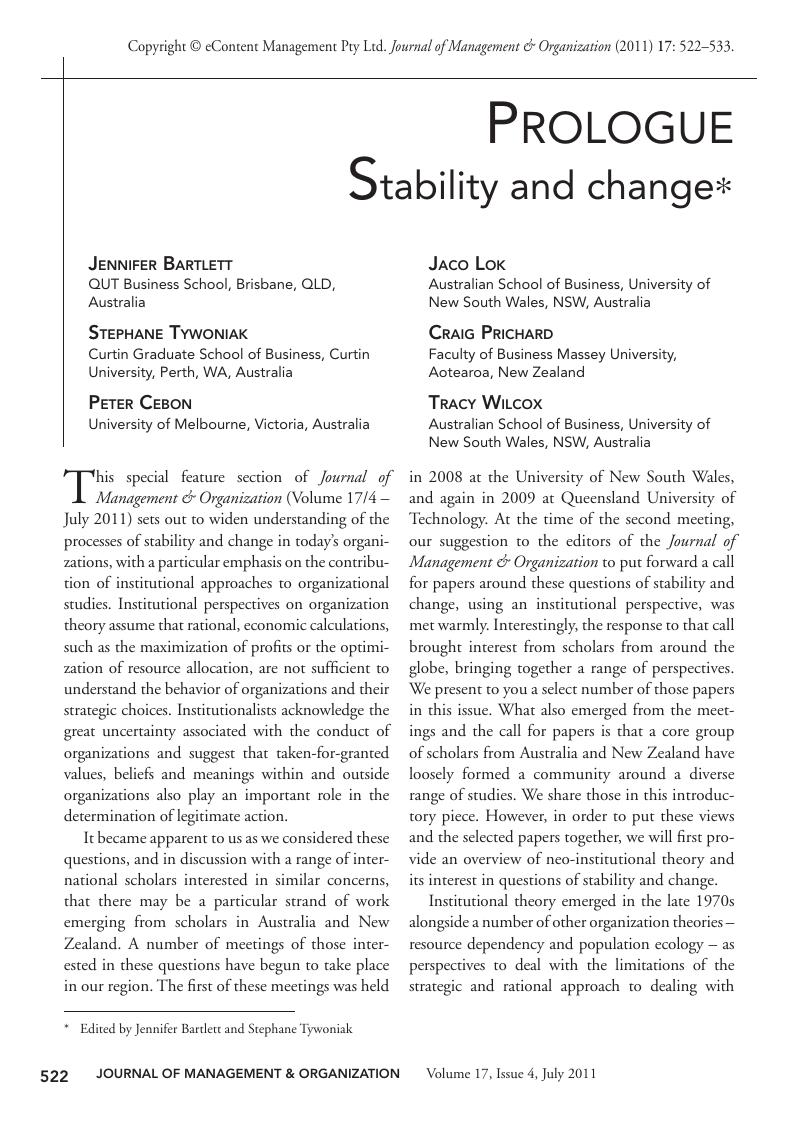Crossref Citations
This article has been cited by the following publications. This list is generated based on data provided by Crossref.
Iqbal, Anam
and
Asrar-ul-Haq, Muhammad
2018.
Establishing relationship between TQM practices and employee performance: The mediating role of change readiness.
International Journal of Production Economics,
Vol. 203,
Issue. ,
p.
62.



